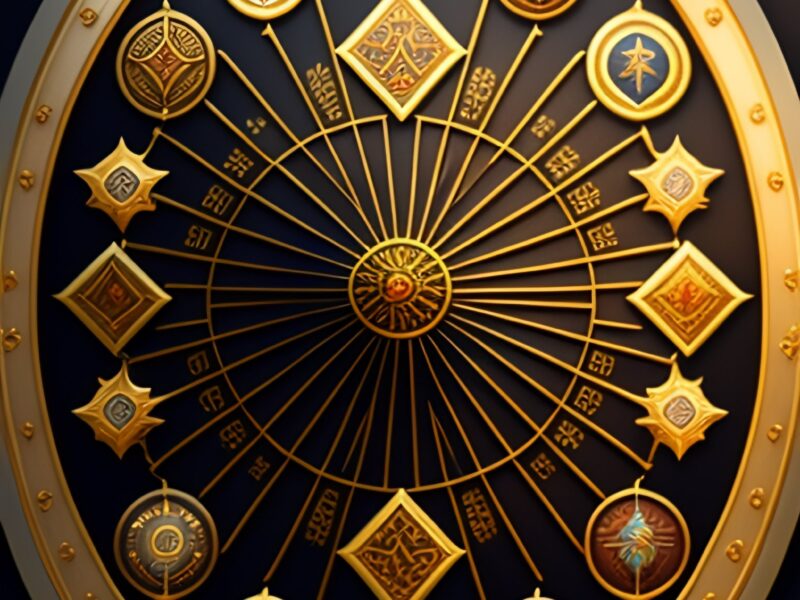Historical Evolution of Pitru Paksha Observance
The historical evolution of Pitru Paksha observance is a complex and multifaceted journey that spans thousands of years. It has been shaped by the cultural, religious, and philosophical developments in ancient India. Here is a broad overview of the historical evolution of Pitru Paksha observance:
- Vedic Period (1500 BCE – 500 BCE):
- The roots of Pitru Paksha can be traced back to the Vedic period, which saw the emergence of early Hinduism. During this time, rituals for the deceased were performed, and offerings to ancestors were made.
- The Rigveda, one of the oldest Vedic texts, contains hymns dedicated to the ancestors and rituals related to honoring them. These hymns laid the foundation for ancestral reverence in Hinduism.
- Brahmanical Period (500 BCE – 200 CE):
- The Brahmanical period saw the codification of rituals and religious practices in the Brahmanas, the prose texts that followed the Vedas. Ancestral rituals and offerings became more structured and elaborate.
- The notion of “Pitri Yajna” (offering to ancestors) gained prominence during this period, emphasizing the importance of performing rituals for deceased ancestors.
- Upanishadic and Philosophical Influence (500 BCE – 200 CE):
- The Upanishadic period brought forth philosophical discussions on life, death, and the soul. Concepts such as reincarnation, karma, and moksha (spiritual liberation) began to shape the understanding of the afterlife and the role of ancestral rituals.
- The idea that one’s actions could affect not only their present life but also their future lives and the well-being of ancestors became more pronounced.
- Classical Period (200 CE – 1200 CE):
- During the classical period, the observance of Pitru Paksha rituals continued to evolve. Texts like the Manusmriti provided guidelines for performing ancestral rites and the importance of filial piety.
- The belief in the existence of the “Pretaloka” (realm of the departed) and the need to provide sustenance to the souls of ancestors during Pitru Paksha became firmly established.
- Medieval Period (1200 CE – 1800 CE):
- The medieval period witnessed the development of various Hindu sects and the synthesis of different regional and folk traditions. Pitru Paksha observance continued to adapt to diverse cultural contexts.
- Regional variations in rituals and customs emerged, reflecting the rich tapestry of Indian culture.
- Modern Era (1800 CE – Present):
- In the modern era, the observance of Pitru Paksha remains an integral part of Hindu religious practice. However, it has also adapted to changing lifestyles and societal norms.
- Urbanization and globalization have led to modifications in how the rituals are performed, such as the use of technology for remote participation by family members.
- Interfaith and Cultural Influence:
- In regions with diverse religious and cultural influences, Pitru Paksha observance may incorporate elements from other traditions. This reflects the adaptability and inclusivity of Hindu rituals.
- Scholarly Interpretation:
- Scholars and theologians continue to study and interpret the significance of Pitru Paksha within the broader framework of Hindu spirituality and ethics.
Throughout its historical evolution, Pitru Paksha observance has remained a deeply ingrained aspect of Hindu religious and cultural identity. It reflects the enduring belief in the importance of honoring and connecting with one’s ancestors while adapting to the changing landscape of society and spirituality.

